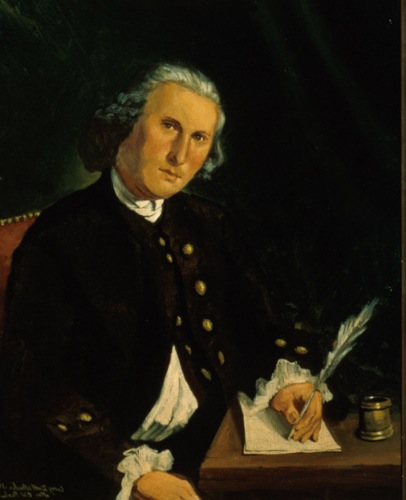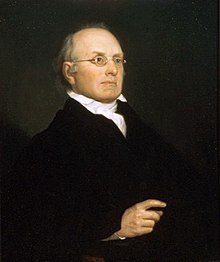The Court will hear arguments in five cases this coming week, including the blockbuster case, Masterpiece Cakeshop v. Colorado Civil Rights Commission, which will be argued on Tuesday, December 6. (People were already lining up to see this oral argument on Friday.) Masterpiece Cakeshop involves a Colorado bakery that refused to sell a wedding cake to Charlie Craig and David Mullins in 2012, because of the bakery owner’s sincerely-held religious objection to same-sex marriage. Craig and Mullins filed charges of discrimination with the Colorado Civil Rights Division, alleging that the refusal was a form of sexual orientation discrimination prohibited by the Colorado Anti-Discrimination Act (CADA). The Colorado Civil Rights Commission found that the refusal was prohibited discrimination and issued Phillips an order requiring that Masterpiece Cakeshop alter company policy to comply with CADA. Philips contends that CADA, by compelling him to create expression that violates his sincerely held religious beliefs about marriage, violates the both the free speech and free exercise provisions of the First Amendment. Earlier this year, SCOTUSblog hosted a symposium on Masterpiece Cakeshop, featuring commentary from advocates and legal scholars arguing for both sides of the case. More recently, commentators from both the left and the right continue to weigh in.
On Monday, December 4, the Court will hear oral arguments in an important federalism case, Christie v. National Collegiate Athletic Association. Christie analyzes whether the Professional and Amateur Sports Protection Act (“PASPA”), a federal statute that prohibits modification or repeal of state-law prohibitions on sports gambling, unconstitutionally commandeers the regulatory power of states, in violation of the Tenth Amendment. The New Jersey legislature partially repealed certain prohibitions on sports gambling, in 2014. Five sports leagues (the NCAA, the NFL, the NBA, the NHL, and the MLB) collectively sued, arguing that the repeal violates PASPA, while the New Jersey parties (including New Jersey Governor Chris Christie) argue that PASPA (in the language of key federalism precedents New York v. United States and Printz v. United States) unconstitutionally “commandeers” the state regulatory scheme for overseeing sports gambling. The Washington Post and Sports Illustrated both explore the implications of the case.
Also on Monday, the Court will hear arguments in Rubin v. Islamic Republic of Iran. Rubin concerns foreign sovereign immunity where a foreign country is a state sponsor of terrorism. Plaintiffs, eight American victims injured in a terror attack in Jerusalem in 1997, sued Iran under section 1610(g) of the Foreign Sovereign Immunities Act (FSIA) and received a $71.5 million dollar default judgment against the state of Iran. FSIA creates several exceptions to the general rule stipulating that foreign states cannot be sued in U.S. courts, one of which is the “terrorism exception,” allowing private citizens to sue foreign states determined to be sponsors of terrorism. The plaintiffs argue that, to collect on their judgment, the FSIA allows them to attach and execute four collections of ancient Persian artifacts in possession of the University of Chicago and Chicago’s Field Museum of Natural History. The Seventh Circuit, however, agreed with the arguments of the Islamic Republic of Iran, joined by the Field Museum and the University of Chicago, and concluded that the FSIA did not authorize the plaintiffs’ action.
On Wednesday, December 6, the Court will hear arguments for Murphy v. Smith and Marinello v. United States. Murphy considers a provision of the Prison Litigation Reform Act which requires that, when a monetary judgment is awarded to a plaintiff in a prisoner’s civil rights suit, a portion of that judgment “not to exceed 25 percent” shall be applied to pay for attorney’s fees awarded against the defendant. The district court interpreted this to mean that it had discretion to decide what percentage of the damages should be reserved, and ordered that 10 percent of the damages be put towards the fees. The Seventh Circuit reversed, following its precedent that the statute did not grant the district court discretion to reduce the maximum percentage of damages to be reserved, and instead holding that 25 percent of the damages awarded to the appellant, a former inmate who prevailed in a civil rights and state tort suit against correctional officers, should be directed to pay for the fees. (Disclosure: ISCOTUS Co-Director Carolyn Shapiro participated in a moot to help prepare respondent’s counsel for argument.)
Marinello is a case from the Second Circuit involving section 7212(a) of the Internal Revenue Code, criminally penalizing a defendant who “in any other way corruptly. . . obstructs or impedes, or endeavors to obstruct or impede the due administration of” the tax code. The defendant, Carlo J. Marinello, was found guilty of nine counts of tax-related offenses, including a violation of §7212(a). He asserts that the government was required to establish that there was a pending IRS action against him, and that he had knowledge of that action as part of its burden of proof in securing a conviction. The district court denied that Marinello’s motion for acquittal on this point, which the Second Circuit affirmed.
This post was drafted by ISCOTUS Fellow Elisabeth Hieber, Chicago-Kent Class of 2019, edited by ISCOTUS Editorial Coordinator Anna Jirschele, Chicago-Kent Class of 2018, and overseen by ISCOTUS Co-Director, Chicago-Kent Professor Carolyn Shapiro.




